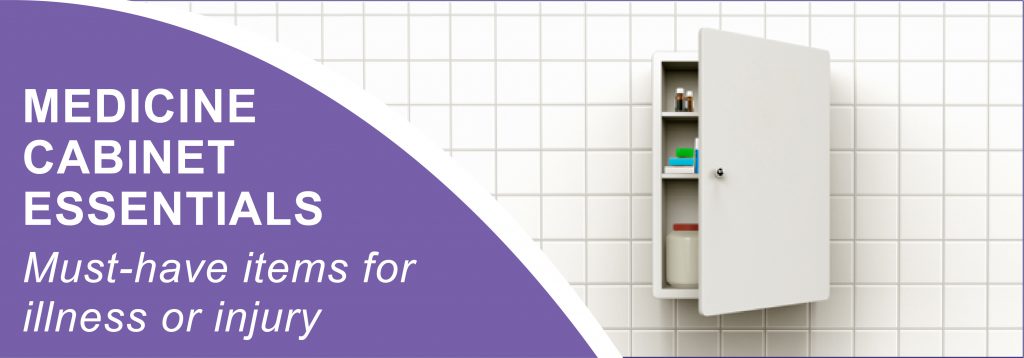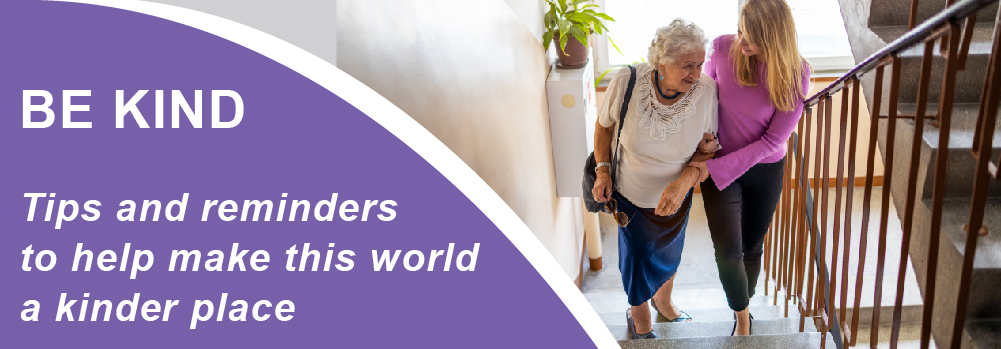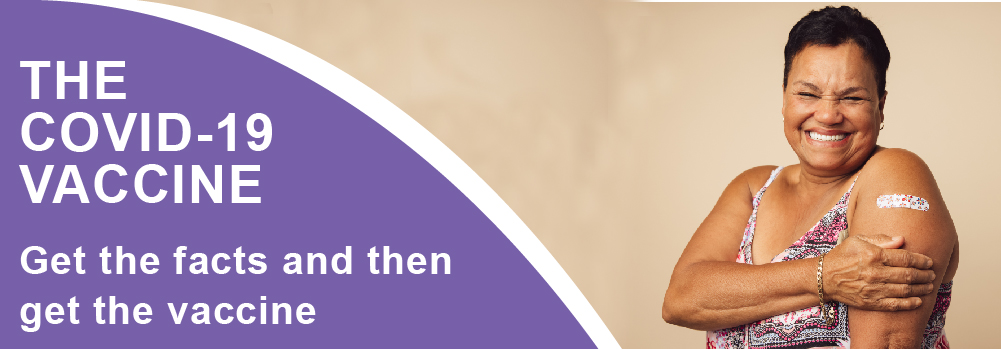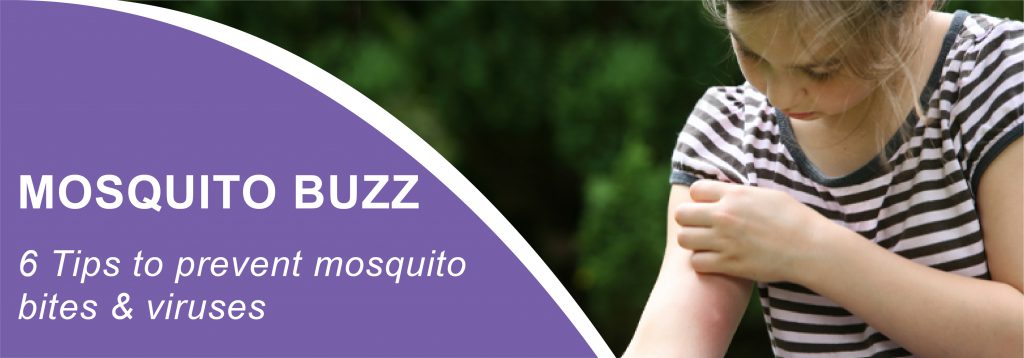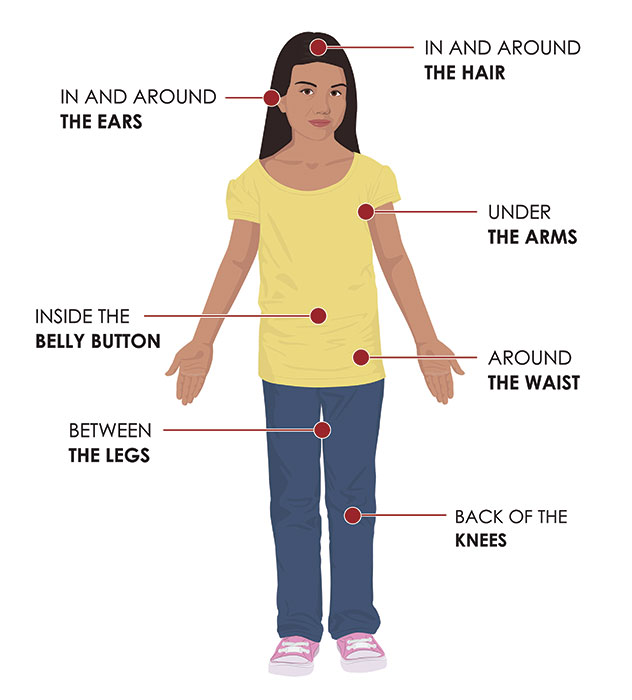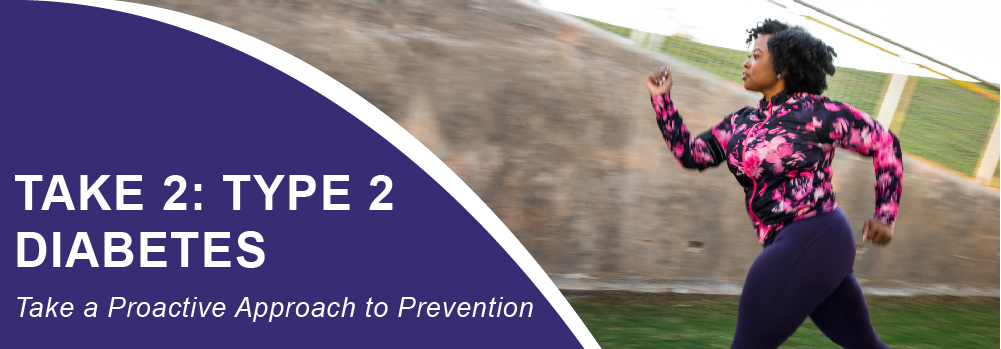
Take a proactive approach to preventing Type 2 Diabetes.
Author: Tendai Thomas, MD, FACP
Diabetes is a chronic disease that affects one in ten Americans today. Diabetes occurs when your blood sugar levels are too high. In normal circumstances, your pancreas is able to produce a hormone called insulin which regulates and maintains normal blood sugar levels. However, with diabetes, this process breaks down, causing blood sugar levels to rise to concerning levels. Diabetics have problems with high blood sugars due to a lack of insulin, or because their body does not know how to use insulin well. It is important to either avoid developing diabetes or keep your diabetes well controlled because diabetes increases your risk for several other conditions including heart attacks, stroke, kidney disease, vision loss, nerve damage, and circulation problems.
There are two main types of diabetes. Type 1 diabetes often occurs in young individuals when the immune system attacks and destroys cells in the pancreas that make insulin. Subsequently, Type 1 diabetics need to take insulin every day to stay alive. Type 2 diabetes, which is much more common, tends to occur at an older age. Ninety percent of people with Type 2 diabetes are overweight or obese. These individuals produce insulin from the pancreas, but it is not used effectively to regulate blood sugar levels.
The top 7 risk factors for Type 2 diabetes include:
- Obesity
- Sedentary lifestyle (lack of physical activity or exercise)
- Unhealthy eating habits
- A family history of diabetes
- Increased age
- Hypertension and high cholesterol
- Diabetes during pregnancy
If you are at risk for developing Type 2 Diabetes, there are some steps you can take to delay or even prevent the diagnosis.
Start by knowing your risk level. Take this quiz from the American Diabetes Association to find out where you stand: https://www.diabetes.org/risk-test
Lose weight and keep it off. Maintaining a healthy weight is an important factor preventing diabetes. Losing 5% – 10% of your body weight can make a big difference in reducing your risk of getting the disease. Once you achieve your weight loss goals, work to keep the weight off.
Stick to a healthy eating plan. Reducing your daily calorie, carbohydrate and sugar intake is key to weight loss. Consume smaller portions at every meal, eat less processed and simple sugar filled foods, and avoid drinks high in sugar. Remember your food groups when meal planning for the week. A healthy diet includes a variety of foods from every group!
Exercise 5 days a week. Exercise provides many benefits to your health. Make a goal to get 30 minutes of exercise 5 days a week. You can also consider obtaining an exercise partner to help keep you focused and on target. If exercise hasn’t been a part of your routine, talk to your physician for ideas to start slowly and work towards your goal.
Don’t smoke. Smoking can contribute to insulin resistance and many other health conditions related to diabetes. If you do smoke, please talk with your doctor about different approaches you can take that will help you quit.
Go at your own pace. When we make major changes to our diet or activity level, it’s easy to get frustrated along the way. Go slowly and create goals that are realistic for you and your body. Start with small steps and small changes and work your way up!
Keep your physician in the loop. Make an appointment to discuss your concerns with your primary care physician. They will help determine what else you can do to reduce your risk for Diabetes, and if you have already been diagnosed, they can help prescribe and manage any medications necessary to keep you feeling your best!
If you have already been diagnosed with Type 2 Diabetes, there are several treatments for managing your diabetes. For all individuals, nutrition is the key element for managing diabetes. In addition, since most people diagnosed with Type 2 diabetes are overweight, lifestyle changes that include regular exercise and weight loss are extremely important. Other therapies include the use of oral medications, injectables, and insulin administration. Talk to your primary care physician to find the best treatment for you.

